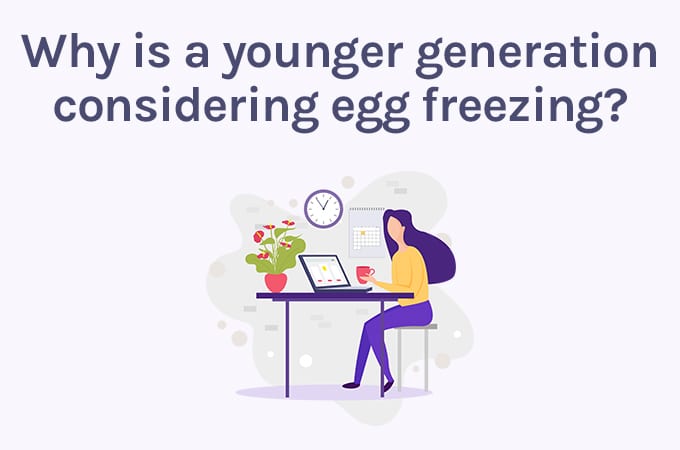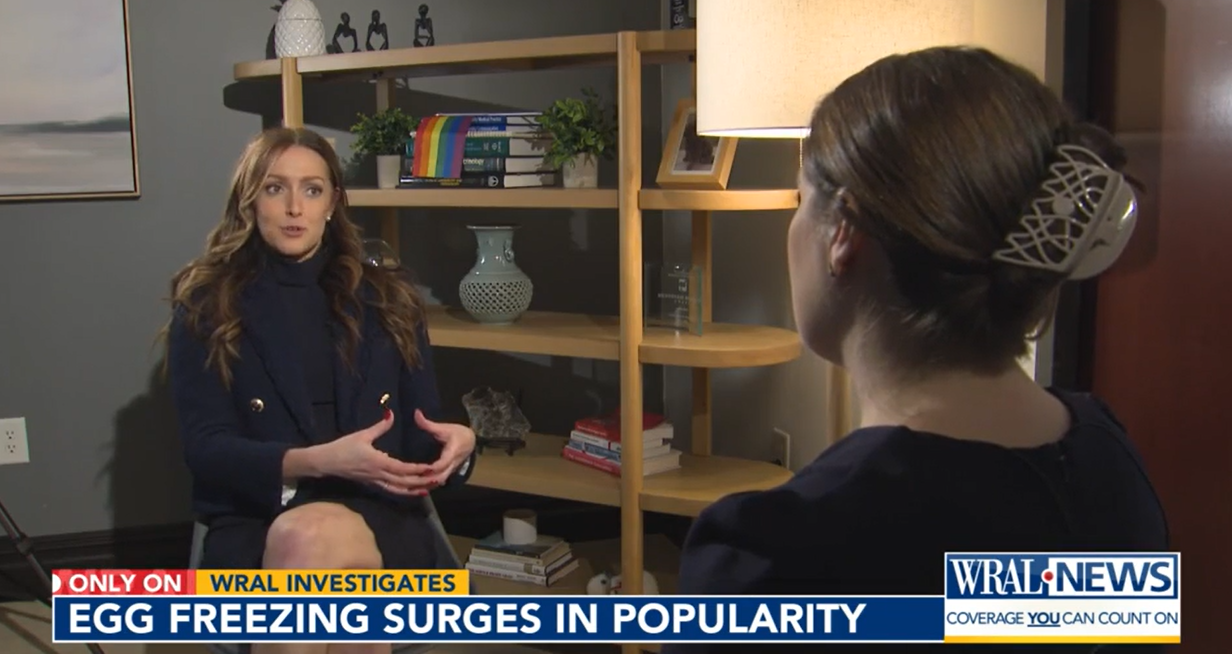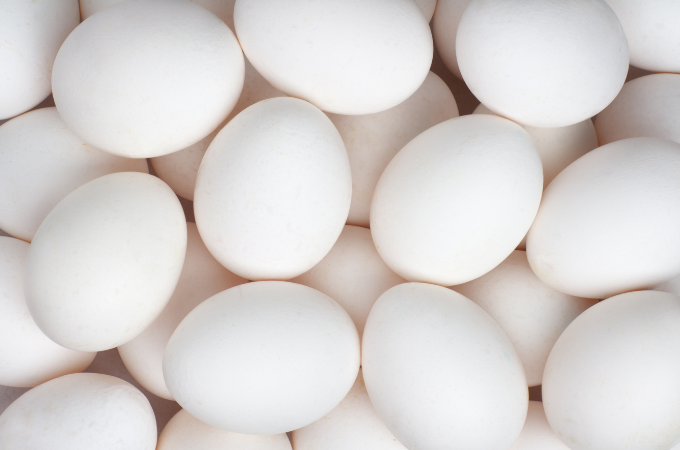An article featured in the New York Times discusses how millennials are becoming the new target demographic for egg freezing. While most women considering egg freezing are thought to be “30 something year olds,” the market is now skewing younger. What is the reason for this?
The answer is younger women are more likely to have better quality eggs. The younger generation is also more aware of their fertility than ever before and recognize that fertility does in fact decline with age. Younger women are becoming more proactive about their fertility. Women are also becoming savvier and more inclined to have their fertility tested to see where their fertility stands in order to preserve their options through egg freezing before the inevitable decline in egg quality and quantity. Many women who freeze call the endeavor “a gift for your future” or a “security blanket” that offers them options for their future.
But what holds people back from moving forward with egg freezing?
The two biggest factors that can stand in the way, the article cites, are cost and success rates. Will it be worth the money to freeze my eggs and how do I know it will be successful?
SGF recognizes that cost is a determining factor of whether or not someone might move forward with this process, which is why we have developed unique financial programs to help make egg freezing more affordable. Our flat fee program called Assure 20 and Assure 30 is designed to guarantee multiple cycles or the number of eggs retrieved. One year of storage fees are included, then it is $50/month thereafter.
How do I know egg freezing is successful?
At SGF, we stand behind our technology and approach with published success rates data and help women take the guesswork and uncertainty of whether egg freezing really works. Most other practices or clinics don’t have any facts or figures behind their egg freezing cycles. What makes SGF different is that we are one of only a few fertility centers in the U.S. with published egg freezing pregnancy data.
In a published study, Shady Grove Fertility assessed the performance of 1,171 egg freezing cycles for 875 women. At the time of the study, 117 of these women had returned to undergo 128 egg thaw cycles, using a total of 1,283 frozen eggs. The results from these 128 egg thaw cycles included 51 viable pregnancies, resulting in 55 children and 8 more on the way at the time of the study (12 of the pregnancies were twins). In addition, 62 good quality blastocysts remain in storage from these warming cycles for future attempts.
This data allowed SGF to make predictions on the number of recommended eggs to freeze in order to take home a baby. For women younger than 38, we recommend freezing 15 to 20 mature eggs, giving them roughly a 70 to 80 percent chance of at least one live birth. For women 38 to 40 years old, we recommend freezing 25 to 30 mature eggs, giving them a 65 to 75 percent chance of at least one live birth. These recommendations can be individualized according to the specific family building goals.
While costs and finances are the biggest factor, knowing that your eggs are safe is another big consideration. The technique used to freeze eggs at SGF is called vitrification, known as “fast freeze” cryopreservation. While many fertility centers have adopted this technology, the skill and precision of the technicians is of utmost importance. As one of the largest fertility centers in the country, we have many years of experience in freezing and thawing both eggs and embryos, which is an important consideration when selecting a fertility center.
Our goal is not only to educate women about the process and help you determine if this is the right option for you, but it’s also to help you take home a baby. Our goal is to do everything we can to help you grow your family when the timing is right.
To learn more about egg freezing or to schedule an appointment, please contact our New Patient Center at 1-877-411-9292 or complete our brief online form.






